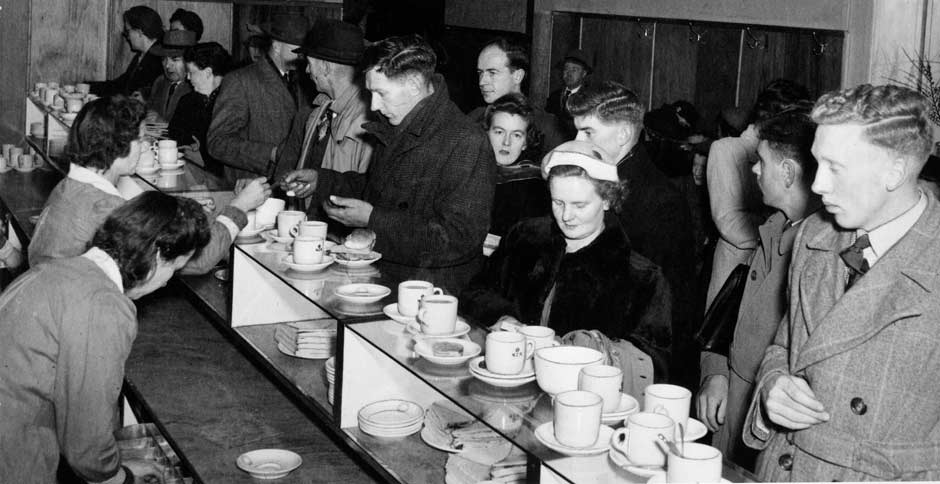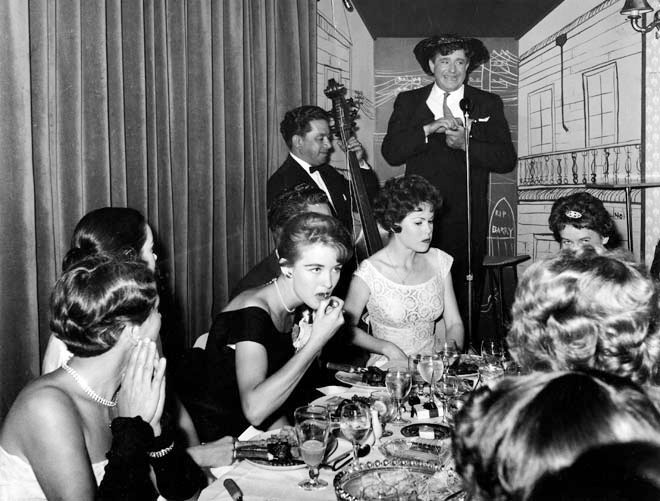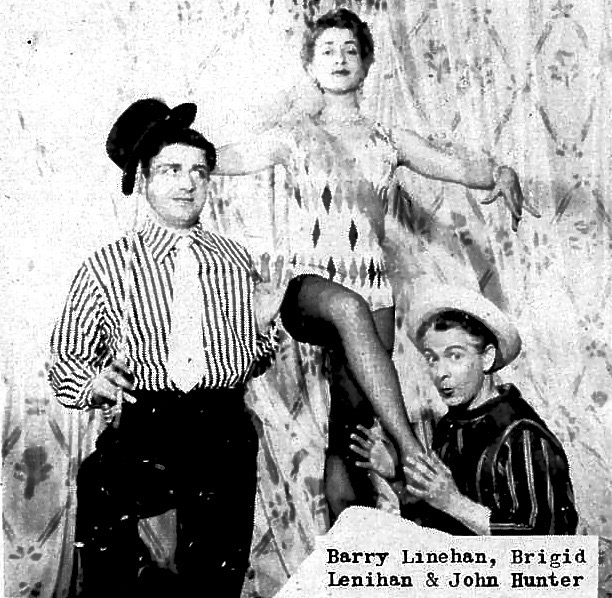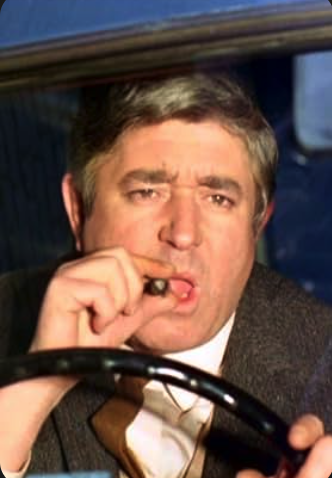EXPRESSLY REFRESHED
The Wellington Express
Barry Linehan c.1955
This is a fairly accurate account of how
most of us experienced long-distance travel before cheap airfares, and before even cheaper 2nd-hand Jap imports.
Lineham was a comedian in the relaxed fine-dining "Gourmet" restaurant in
Auckland, and was was mocking how it contrasted with the food and drink
then served to rail passengers.
| As gourmets as the French are distinguished, Their cooking comes straight from their hearts. The Spanish and Turks Add to other good works The talents of culinary hearts. But New Zealand has standards of eating No nation can hope to attain. If you want a real treat, Make sure that you eat On a trip on the Wellington train. Ten minutes for refreshments is the signal for the rush As the famished hordes exterminate the feeble in the crush No battlefield is grimmer, Where battered heroes die Than the bloody Railway battle for a cuppa and a pie. In a scrum All Blacks would envy, only hardy souls remain To grab a bun and sandwich is the savour on the train. And every second on the station the milling hundreds press For the gourmet street refreshments of the Wellington Express. Why praise all this cooking from Europe? No Kiwi can stomach the stuff! But it's curious wishes For foreign made dishes: Our tucker’s substantial enough So if you want a polony or sandwich Or coffee that's somehow gone wrong, you can get them all right In the hour of the night As the Limited trundles along. “Ten minutes for refreshments” is the signal for the scrum. You're lucky if you get there with a dislocated thumb But you press against the counter while sleepy-looking shew With public service movement serves all customers but you. 
You plead to go, and mutter, but you really want to scream While she pours the tea like Dracula off some place in a dream And before she takes some notice of your obvious distress, You hear the guard “All seats please, on the Limited Express.” But — never never munch your dinner or your lunch Until you're sure the engine’s started moving 'cause railway food is liable To turn out unreliable And it shows little signs of improving. So if you're a stranger, avoid this one danger. We’d hate you to spoil your vacation. The pie can bring grief, But you can't get relief While the train’s standing still at the station. |


